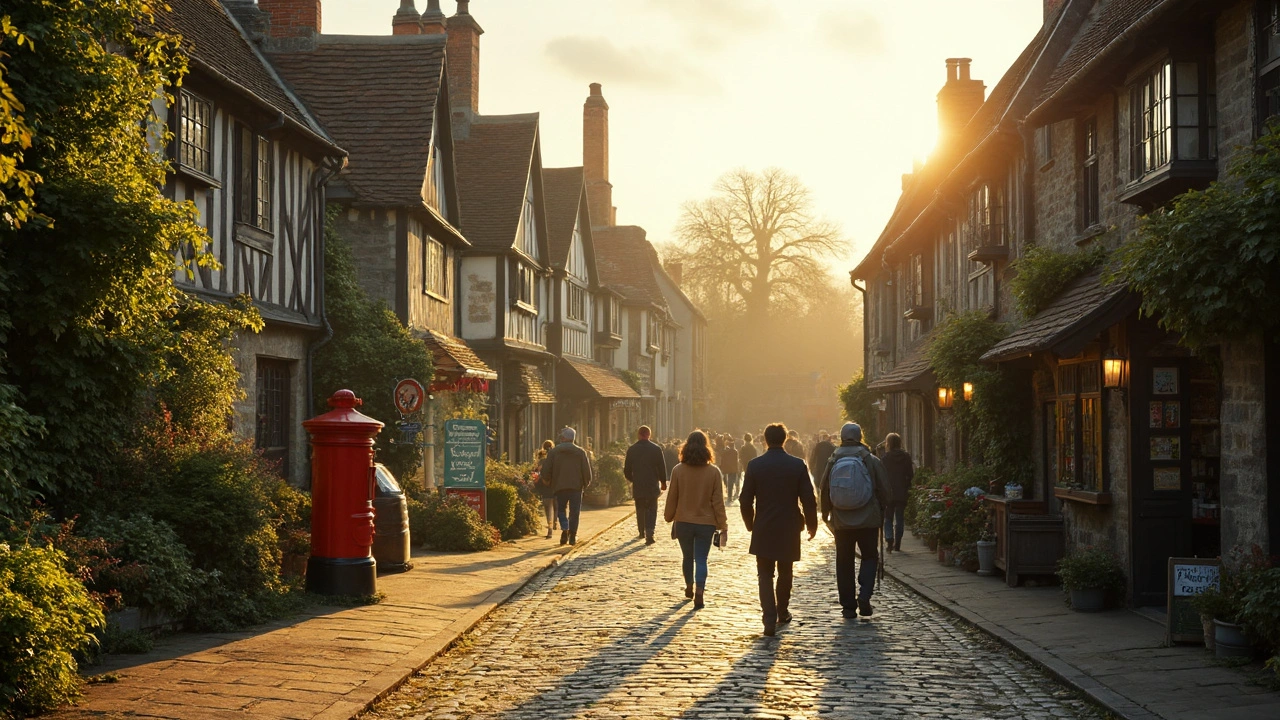Ancient Cities UK – A Quick Guide to Britain’s Oldest Towns
Ever wonder which places in the UK have been alive for thousands of years? The answer lies in the ancient cities that still buzz with life today. These towns started as Roman forts, Celtic settlements, or medieval trade hubs, and they keep their history visible in streets, walls, and stories.
Visiting an ancient city isn’t just a day out – it’s stepping into a living museum. You’ll see Roman baths, medieval cathedrals, and streets that have seen everything from Viking raids to modern concerts. Below are the top spots you should put on your map.
Roman Roots and Medieval Marvels
York (Eboracum) was a major Roman capital and later a Viking stronghold. Walk the city walls, peek inside the famous York Minster, and explore the Jorvik Viking Centre for a taste of its layered past.
Bath is famous worldwide for its Roman‑built hot springs. The well‑preserved Bath Roman Baths let you imagine daily life in the 2nd‑century empire while the Georgian architecture adds a later flair.
Canterbury started as a Roman town and grew into the seat of the English church. The cathedral, a UNESCO World Heritage site, holds centuries of religious and political drama.
Chester boasts a Roman fortress wall still encircling the city centre. Its black‑and‑white timber buildings give you a glimpse of medieval life right alongside the ancient stones.
St Albans, originally the Roman settlement Verulamium, kept its market town vibe into the Middle Ages. The Verulamium Museum holds mosaics and artefacts that tell the city’s long story.
Other notable mentions include Durham with its Norman cathedral perched on a hill, and Lincoln where a Roman wall meets a Gothic cathedral.
How to Visit and What to See
All these cities are easy to reach by train from London or major regional hubs. A day trip works for York or Bath, but give yourself at least two days for places like Canterbury if you want to wander the streets and soak up the atmosphere.
Start your visit with a walking tour – most towns offer free or cheap guided walks that point out hidden Roman ruins, medieval lanes, and local legends. Bring a reusable water bottle and wear comfy shoes; the cobblestones can be uneven.Don’t miss the local museums. They often have interactive displays that let you see ancient tools, clothing, and even hear reconstructions of street sounds from centuries ago.
Food wise, try local pubs that have been around for ages. In York, the famous “The Golden Fleece” dates back to the 1500s. In Bath, the “Royal Crescent” area offers tea rooms set in historic Georgian houses.
Finally, check the city’s events calendar. Many ancient cities host medieval festivals, Roman reenactments, or market fairs that bring history to life. Timing your trip to catch a festival adds extra excitement and a chance to dress up in period costume.
Exploring ancient cities UK is like opening a time capsule that still works today. You’ll leave with stories, photos, and a deeper connection to the layers of history that shape modern Britain.

Oldest City in England: Discovering Where It All Began
Curious about which city wears the crown as England's oldest? This article unpacks the facts about Colchester and its rivals, explains why the title is still debated, and shares quirky stories from over 2,000 years ago. Learn why this matters for London and beyond, plus tips if you want to see history up close. Perfect if you love juicy historical tidbits with real-life travel value.
READ MORE